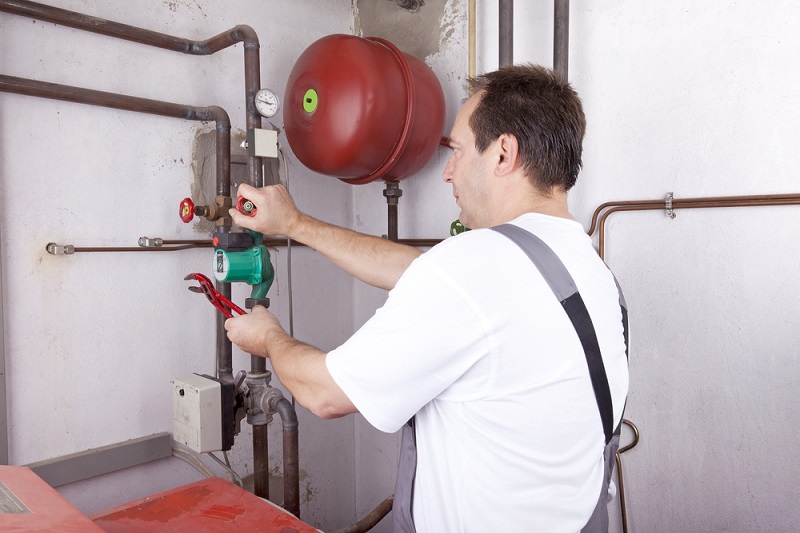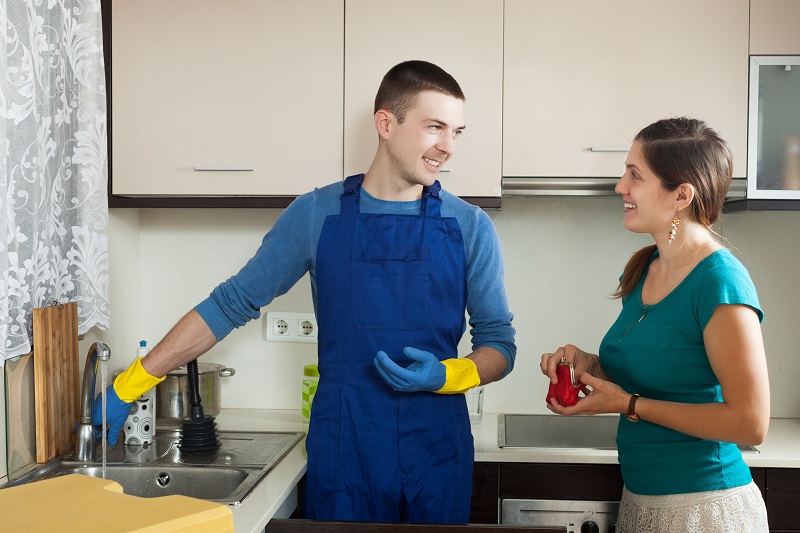Plumbing is an essential aspect of any home, and as a homeowner, it’s crucial to have a basic understanding of how your plumbing system works. This beginner’s guide to plumbing will provide you with the essential tips and tricks to help you tackle common plumbing problems and maintain your home’s plumbing system. By learning the plumbing basics, you’ll be better prepared to handle minor repairs, prevent costly damage, and know when it’s time to call a professional plumber.
Understanding Your Home’s Plumbing System:
Before diving into plumbing repairs and maintenance, it’s essential to understand the basics of your home’s plumbing system. The main components of a plumbing system include:
- Water supply: This is the system of pipes that bring fresh water into your home from a municipal source or a well. It includes the main water shutoff valve, which is crucial to know in case of emergencies.
- Drain-waste-vent (DWV) system: This is the system responsible for removing wastewater and sewage from your home through a series of pipes, traps, and vents. It’s essential to keep this system functioning properly to prevent clogs and backups.
- Fixtures and appliances: These are the sinks, toilets, showers, bathtubs, and water-using appliances in your home, such as dishwashers and washing machines. Each fixture has its own unique set of plumbing components that may require maintenance or repair.

Essential Plumbing Tools for Homeowners:
To tackle basic plumbing repairs and maintenance, every homeowner should have a set of essential plumbing tools. Some of the most important tools include:
- Plunger: A plunger is a must-have tool for clearing clogs in toilets, sinks, and drains.
- Pipe wrench: This adjustable wrench is specifically designed for tightening and loosening pipe fittings.
- Plumber’s tape: Also known as Teflon tape, this thin, white tape is used to seal pipe threads and prevent leaks.
- Plumber’s putty: This waterproof, moldable putty is used to create watertight seals around faucets and drains.
- Pipe cutter: This tool is used to cut through copper, PVC, and other types of pipes.
- Auger or snake: This flexible, coiled tool is used to clear clogs in pipes and drains.
Common Plumbing Problems and Solutions:
As a homeowner, you’re likely to encounter a variety of common plumbing problems. Some of these issues and their solutions include:
- Clogged drains: Use a plunger or a drain snake to clear the clog. If the clog persists, it may be necessary to call a professional plumber.
- Leaky faucets: Tighten the faucet’s components or replace worn-out parts, such as the O-ring or the cartridge.
- Running toilet: Adjust the flapper, float, or fill valve inside the toilet tank to stop the constant flow of water.
- Low water pressure: Clean or replace the aerator on your faucet, or check for leaks and pipe damage that could be causing the pressure drop.
Preventive Plumbing Maintenance Tips:
Regular maintenance can help prevent many common plumbing problems and extend the lifespan of your plumbing system. Some preventive maintenance tips include:
- Regularly inspect your home for leaks, including checking faucets, toilets, and exposed pipes.
- Clean drains and remove any debris that could cause clogs, such as hair, soap scum, and grease.
- Insulate exposed pipes to prevent freezing and bursting during cold weather.
- Test your sump pump regularly to ensure it’s functioning properly and ready for heavy rainfall or flooding.
- Schedule annual professional inspections and maintenance for your water heater, septic system, and other major plumbing components.
DIY Plumbing Repairs vs. Hiring a Professional Plumber:
While many minor plumbing repairs can be tackled by homeowners, some situations require the expertise of a professional plumber. When deciding whether to attempt a repair yourself or call a professional, consider the following factors:
- Complexity: If the repair involves complex or specialized knowledge, it’s best to call a professional.
- Time: If the repair will take a significant amount of time or multiple attempts, it may be more cost-effective to hire a plumber.
- Safety: If the repair involves working with gas lines, electrical components, or other potentially dangerous situations, it’s best to leave it to a professional.
- Warranty: Some plumbing repairs or installations may require a professional plumber to maintain the warranty on your appliances or fixtures.

Dealing with Plumbing Emergencies:
Plumbing emergencies, such as burst pipes or sewage backups, can cause significant damage to your home and require immediate attention. In the event of a plumbing emergency, take the following steps:
- Shut off the main water valve to prevent further damage.
- Turn off the electricity in the affected area to reduce the risk of electrocution.
- Call a professional plumber to assess the situation and provide emergency repairs.
- Contact your insurance company to report the damage and begin the claims process.
Conclusion: The Benefits of Being Plumbing-Savvy
By familiarizing yourself with the basics of plumbing and learning how to perform simple repairs and maintenance, you can save money, prevent damage to your home, and extend the life of your plumbing system. With this beginner’s guide to plumbing, you’ll be better equipped to handle common plumbing problems and know when it’s time to contact a professional plumber for assistance. So, roll up your sleeves and become a plumbing-savvy homeowner today!
